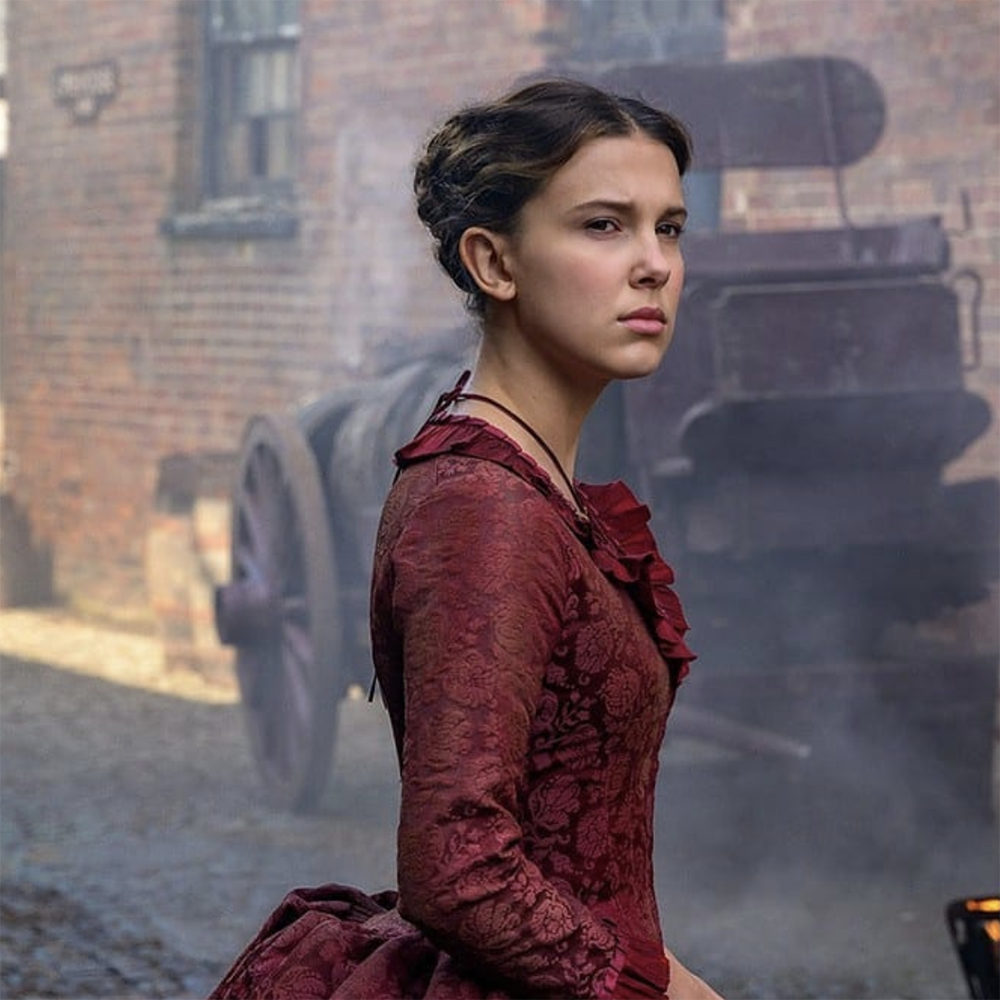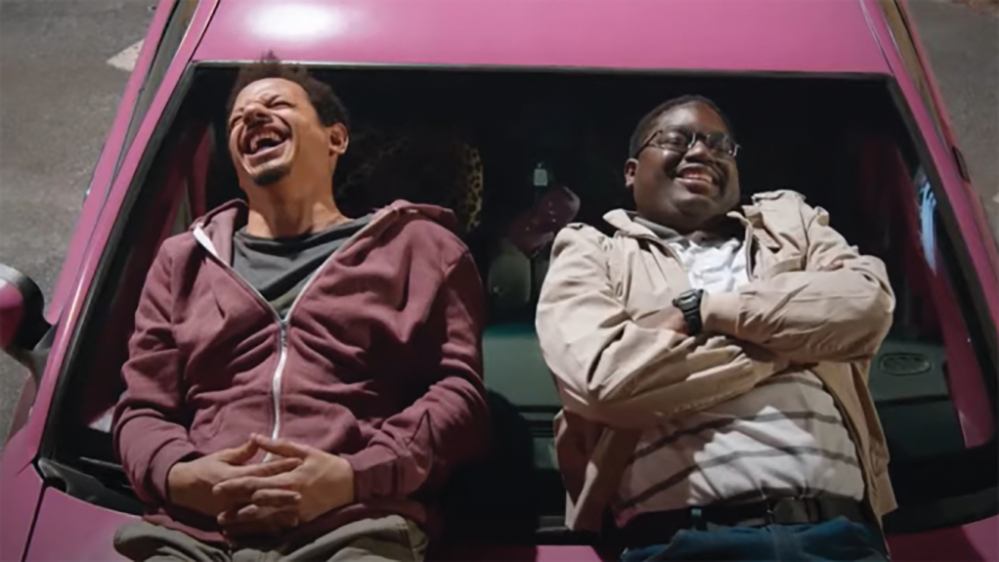★★★★☆
The peculiar name “Enola,” our spritely titular protagonist tells us, comes from the word “alone” spelled backwards. But far from being a quiet outcast, 16-year-old Enola Holmes is “alone” only in the sense that she forges her own path with plucky independence.
The Netflix film “Enola Holmes” tells the story of famed detective Sherlock and pompous government official Mycroft’s younger sister, who outsmarts her stuffy older brothers and solves a mystery of her own while navigating the rough-and-tumble streets of Victorian London. The film excels at depicting girl power, fluidly combining the dark intrigue of a Holmes mystery with the cheery humor of a young adult adventure and an idiosyncratic cast of characters.
One of many puzzles to be solved is the Holmes matriarch and feminist activist Eudoria’s (Helena Bonham Carter) inexplicable but intentional disappearance, which leaves 16-year-old Enola (Millie Bobby Brown) parentless and necessitates the return of Sherlock (Henry Cavill) and Mycroft (Sam Claflin) to the family estate to care for her. The brothers have not seen their much younger sister in years.

Upon his return, Mycroft is appalled by Enola’s un-Victorian-lady-like upbringing, consisting of homeschooling, racquetball in the house and daily jujitsu lessons. Mycroft’s insistence upon sending Enola to be respectably educated at a proper boarding school is simply unacceptable to the strong-willed girl, who runs away, “alone,” in search of her missing mother. Along the way, Enola becomes wrapped up in a wholly different mystery, one concerning the attempted murder of similar young runaway, Viscount Tewkesbury (Louis Partridge). Her entanglement with Tewkesbury derails Enola’s intentions to travel unencumbered by obligations to others.
The film’s commitment to playfulness in its depiction of Enola and all the skirmishes she encounters makes sense given that the film is based upon Nancy Springer’s young adult series “The Enola Holmes Mysteries.” While the film takes creative liberty with Springer’s plot, it is this inherent youthfulness that gives the movie its charm. Enola’s asides to the camera to explain her poor bike-riding skills, her recollections of her mother’s charming insanity and her admiration of her brother Sherlock — she has collected all his newspaper mentions — all build a sense of sweetness.
Yet the film cleverly avoids being too saccharine by tempering its wholesomeness with humor, most of which involves Enola’s rebellious hijinks. One memorable scene sees Enola don a widow’s ensemble as a disguise, leading others to repeatedly catch her off guard with their condolences and other references to her fictitious marital status.
The film’s generally lighthearted vibe meshes well with plot devices typical of the mystery genre that, on their own, could come across as too dark for a young adult mystery. A life-threatening leap off of a moving train, a nighttime crawl through London alleyways and an uncovering of a radical suffragist plot, while all duly suspenseful moments in the film and certainly heavy in their own right, all feel appropriate situated in the colorful world of Enola Holmes.
Enola’s world is colorful not just because of its inspiring scenery and detailed set design; the cast’s skillful performance significantly helps develop the film’s vividness. Brown excels in expertly balancing her character’s naivete with her enterprising wit and her bold determination with a smidge of self-doubt to create a multi-dimensional and thoroughly lovable Enola. Enola gets these traits from her mother Eudoria, viewers learn — Bonham Carter portrays Eudoria’s in-your-face quirkiness as chaotic and endearing, but also admirable because she so brazenly flouts convention.
Cavill’s Sherlock is unusual compared to most depictions of the famous sociopathic genius. In contrast to other iterations of Sherlock Holmes, he is by far one of the most sympathetic toward Enola and one of the more progressive ones in his support of her freedom to make her own choices. As one might surmise, the bar is fairly low in terms of what makes the men in this film good or bad. Cavill proves to be an underutilized asset in the film; the charisma he exudes when he is on screen leaves the audience wanting for a deeper exploration of the Enola-Sherlock relationship.
With its polished cast and intriguing structure, the trajectory of “Enola Holmes” seems near-perfect until a disappointing conclusion in which several conundrums remain unaddressed, especially since the film abandons the search for Eudoria to prioritize the Tewkesbury case, leading the audience to question the purpose of including all these details at all. At the same time, other puzzles resolve too hastily and conveniently, devoid of some of the cleverness viewers might expect given the film’s ambitious plot details. This shortcoming may be a product of the fact that the movie deals with two mysteries at once, biting off more than it can chew in its 123-minute runtime.
The under-fulfilling ending, while unsatisfying for the audience, is fortunate for Netflix should they produce a sequel in line with Springer’s original book series. Not only are there plenty of loose ends off of which to build, but viewers are left longing to see more of the cast they felt they were just beginning to connect with — so a continuation of Springer’s series on screen seems assured a sizable viewing.




















